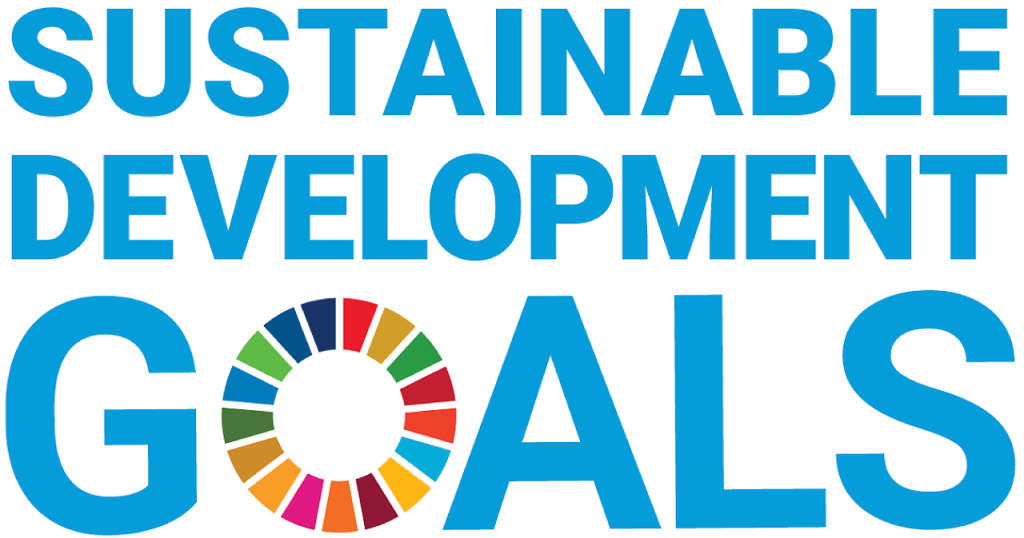ICDP workshop on scientific drilling of Nam Co on the Tibetan Plateau: 1 million years of paleoenvironmental history, geomicrobiology, tectonics and paleomagnetism derived from sediments of a high-altitude lake
By: Haberzettl T., Daut G., Schulze N., Spiess V., Wang J., Zhu L., St-Onge G., Chen F., Liu X., Lyu X., Ju J., Ma Q., Wu Z., Wünnemann B., Yan D., Yi S., Zhang H., Zhao Y., Zhao H., Buylaert J.-P., Murray A., van der Woerd J., Frenzel P., Gleixner G., Harms U., Reicherter K., Schwalb A., Ulfers A., újvári G., Mehrotra N., Waldmann N., Lami A., Ariztegui D., Barbolini N., Ascough P., Clarke L., Henderson A., Staff R., Noren A., Spanbauer T., Stoner J.
Published in: Scientific Drilling
SDGs : SDG 13 | Units: Marine Sciences | Time: 2019 | Link
Description: The Tibetan Plateau is of peculiar societal relevance as it provides freshwater from the so-called “Water Tower of Asia” to a large portion of the Asian population. However, future climate change will affect the hydrological cycle in this area. To define parameters for future climate change scenarios it is necessary to improve the knowledge about thresholds, timing, pace and intensity of past climatic changes and associated environmental impacts. Sedimentary archives reaching far back in time and spanning several glacial-interglacial cycles such as Nam Co provide the unique possibility to extract such information. In order to explore the scientific opportunities that an ICDP drilling effort at Nam Co would provide, 40 scientists from 13 countries representing various scientific disciplines met in Beijing from 22 to 24 May 2018. Besides paleoclimatic investigations, opportunities for paleomagnetic, deep biosphere, tectonic and paleobiological studies were discussed. After having explored the technical and logistical challenges and the scientific opportunities all participants agreed on the great value and need to drill this extraordinary archive, which has a sediment thickness of more than 1 km, likely covering more than 1 Ma. © Author(s) 2019.

